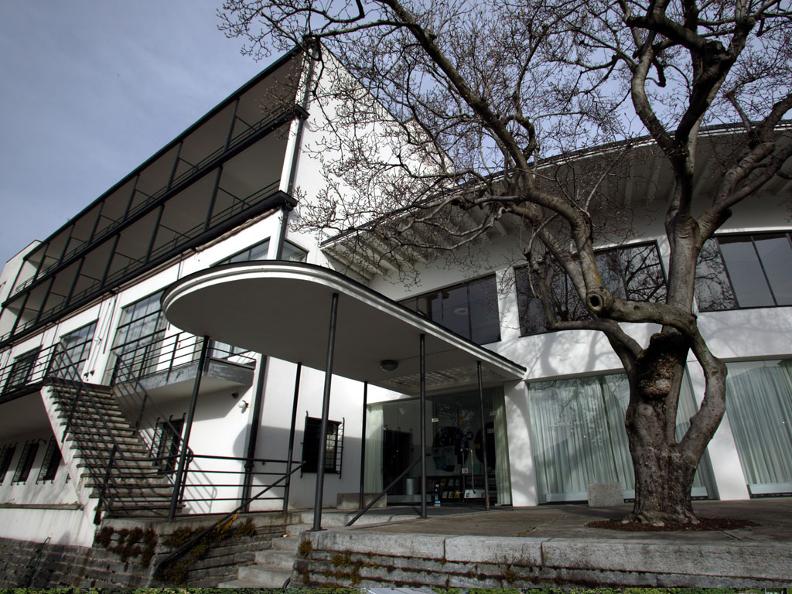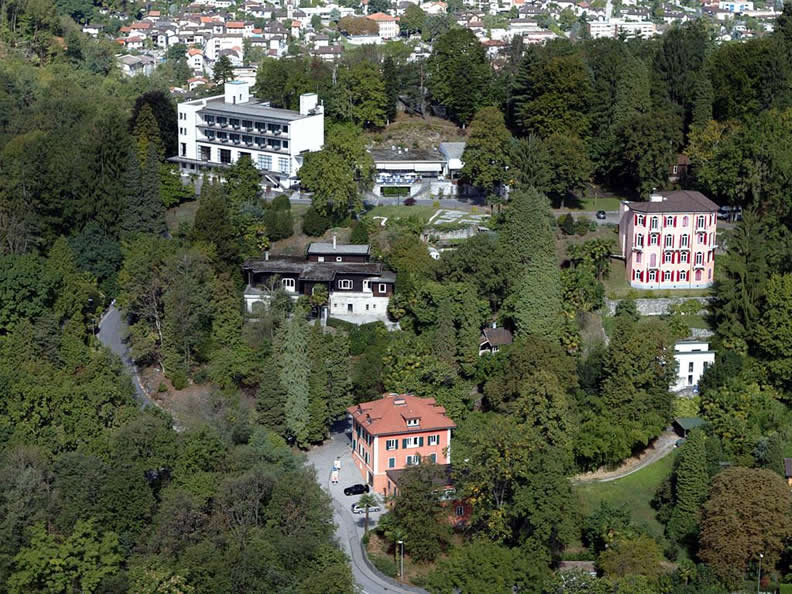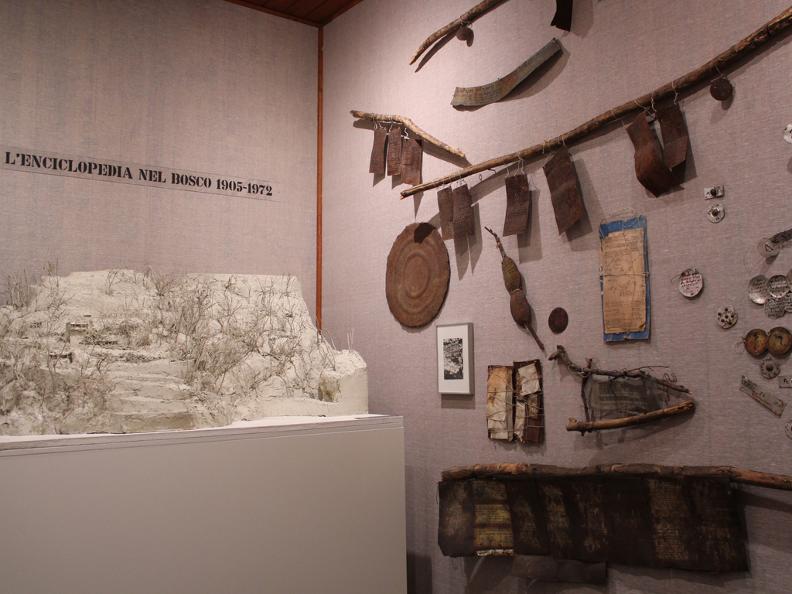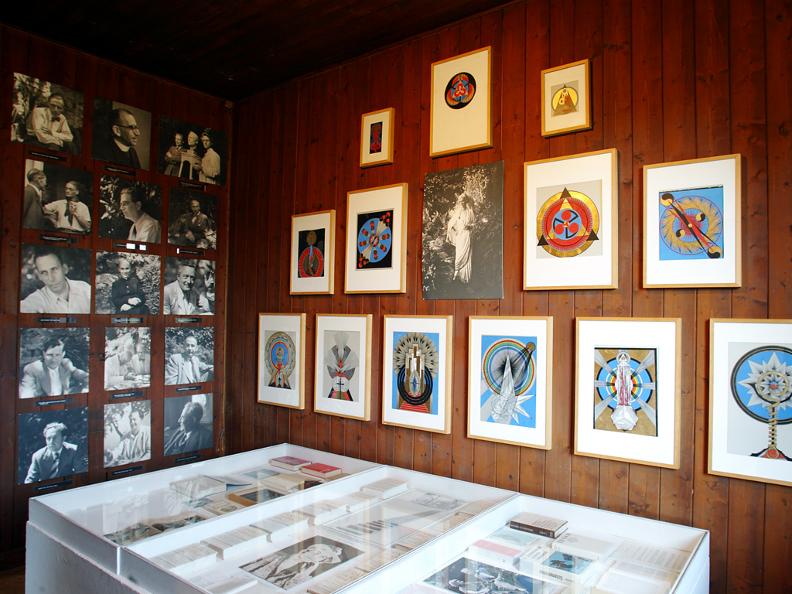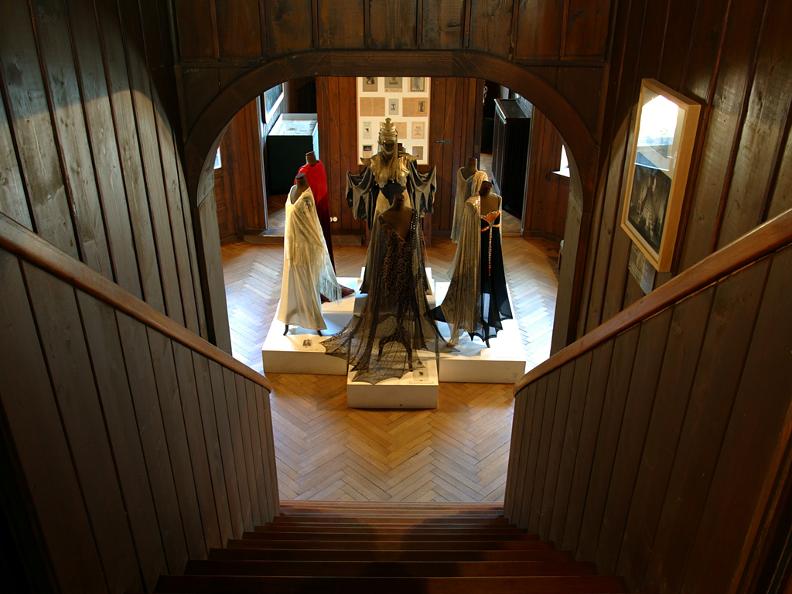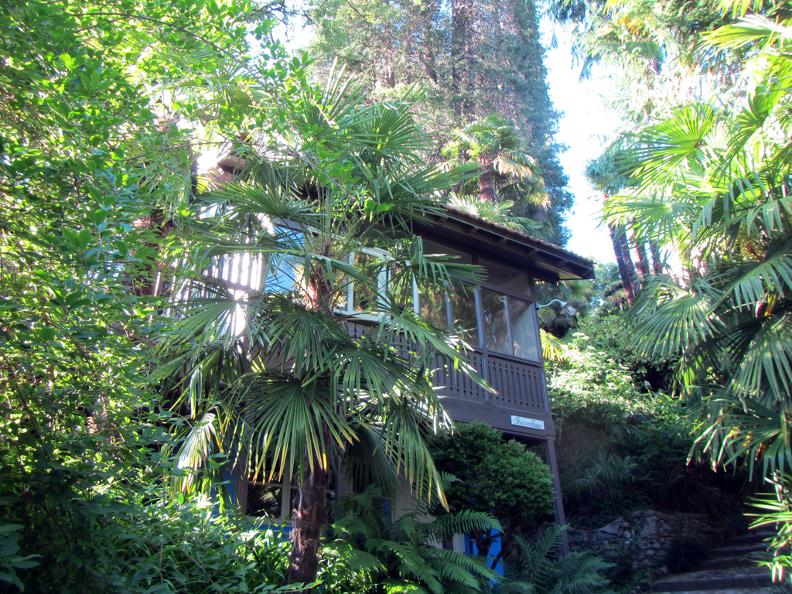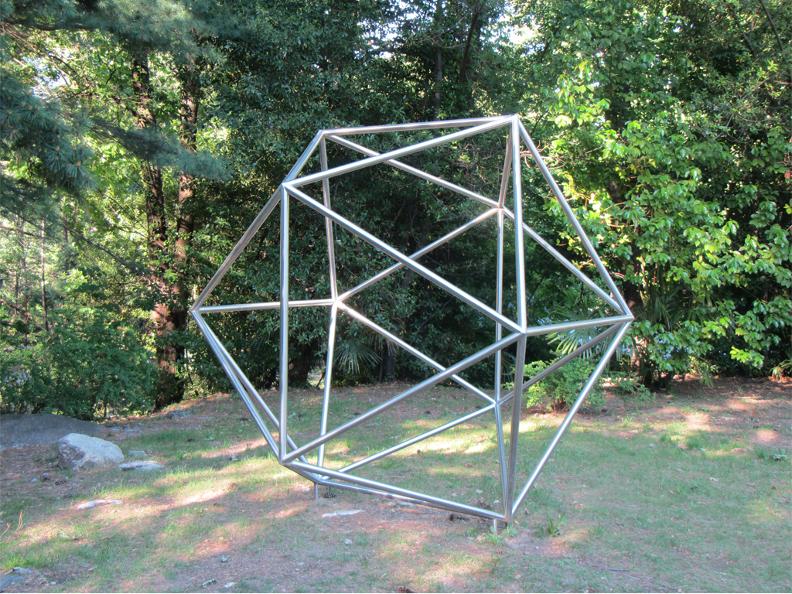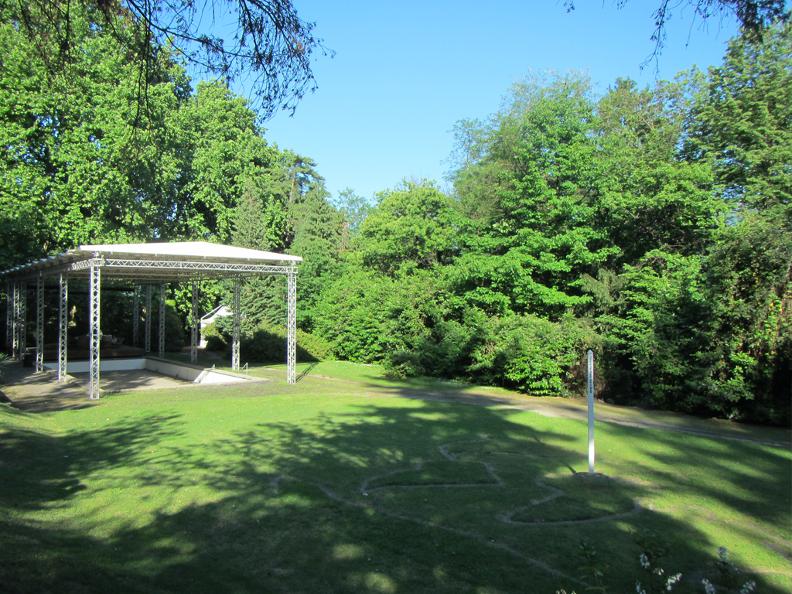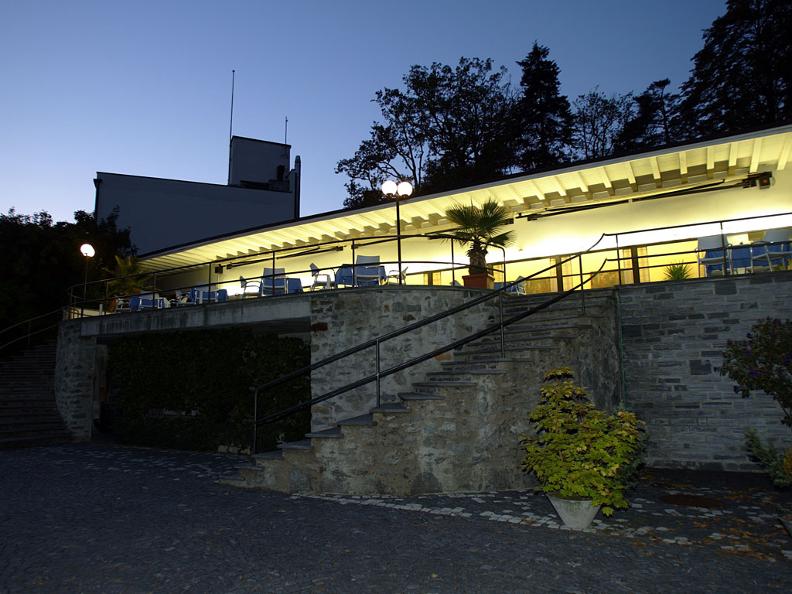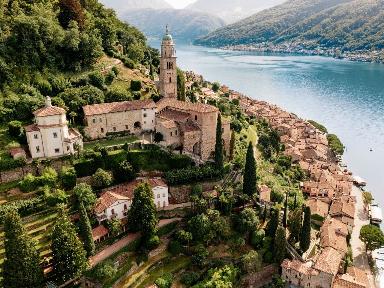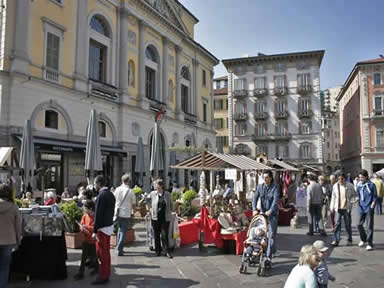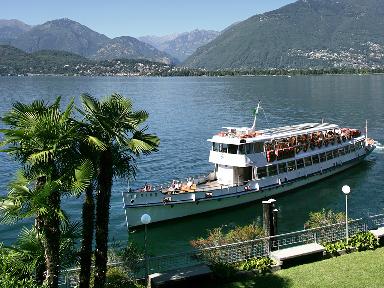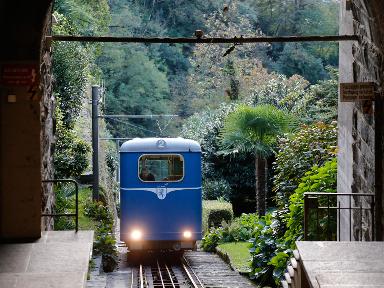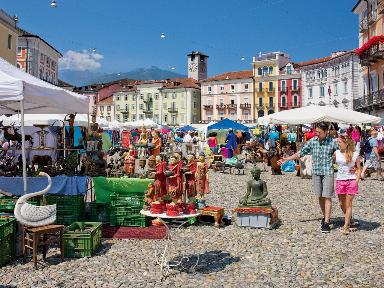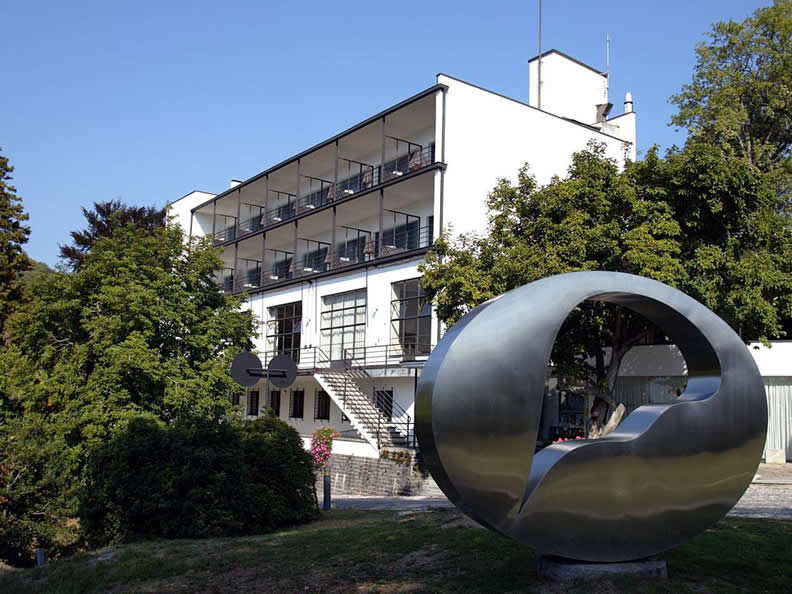
In the early twentieth century, a group of people led by Ida Hofmann and Henri Oedenkoven founded a colony on this hill above Ascona. They advocated a new philosophy of living based on an unfettered return to nature, a vegetarian diet, life in the open air with plenty of exposure to the sun, nudism and theosophy. The colony was called the “Monte Verità Sanatorium” and was open to anyone who wanted to spend a period of rest in an unspoilt natural environment. The guests included numerous cultural figures of the time, including the Locarno-based painter Filippo Franzoni, the writers Hermann Hesse and E.M. Remarque, the anarchist physician Raphael Friedeberg and the psychoanalyst Otto Gross. On this legendary hill, where an extraordinary number of utopias and countercultures were tried out during the last quarter of the nineteenth century, very few traces remain of what the “balabiott” (“nude dancers”, as the eccentric characters were known among the locals) devised over the years. The exhibits in the museum housed in Casa Anatta illustrate the habits of those who once lived here, and a few small buildings or huts are still standing, including the Casa dei Russi, Casa Anatta and Casa Selma. The only remaining “air and light” chalet is currently Casa Anatta, which has been turned into a museum, while other remaining “emanations” of the philosophies practised at the time include the “Eranos conferences” established in 1933 by Olga Frobe-Kapteyn, who was close to the theosophists and Krishnamurti. These conferences included talks by the psychiatrist and philosopher Carl Gustav Jung until 1951.
The “friends of Eranos” still hold conferences here from time to time.
